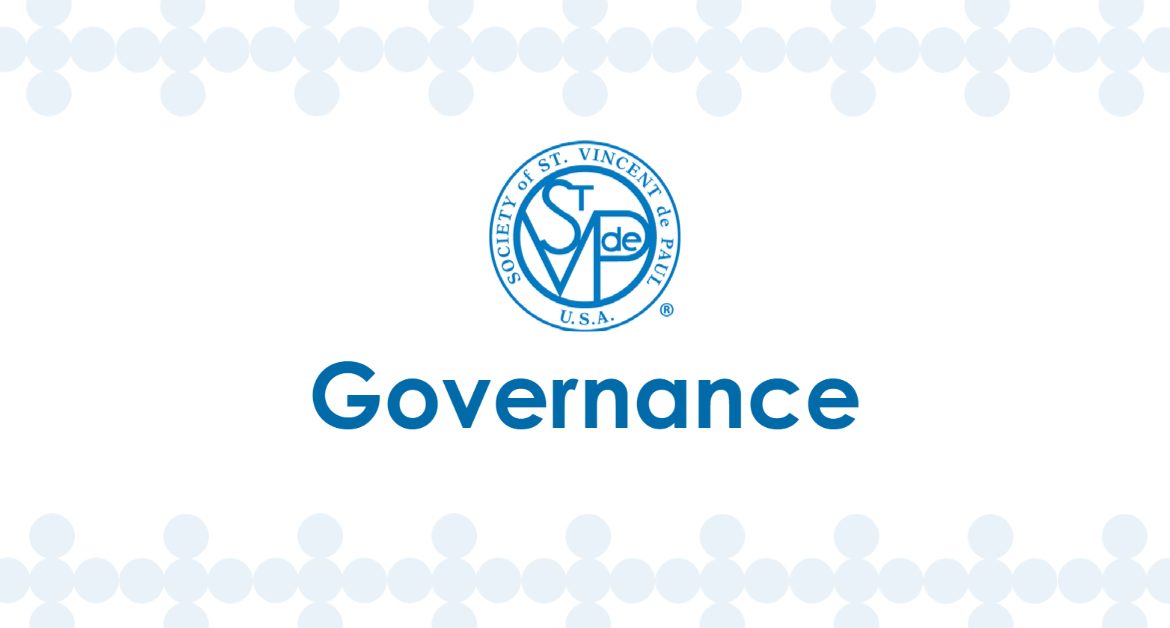Q: Should Conferences pay tuition for Catholic school education since elementary and high-school education is free?
A: The National Governance Committee has recently reviewed and agreed to the following:
- Helping a family make a tuition payment under the right circumstances can be justified.
- Making a contribution from Conference funds to the parish or school to support the tuition-assistance program is prohibited by the Rule as a donation to an outside organization. Tuition payments are directed to benefit specific families.
- There are a couple of appropriate conditions that the Committee identified: the case of a student needing to be removed from public school as a way to ensure his/her health and safety; and a case in which a student is already attending Catholic school, but the parents are having financial problems and it would be improper to force the child to attend a new school. These are not the only possible special conditions.
- The Committee confirms this is actually a decision to be made by the Conference.
- The Committee recommends that a possible alternative is to pay other bills for the family allowing them to pay the tuition.
- The Committee also believes that Conferences need to have good advice related to this available to them.
Q: Can members use personal funds for payment of neighbor’s utilities if the treasurer is not available to write a check to the utility company?
A: Vincentians should refrain from providing help using their own personal resources, especially since those we serve will view the assistance as being provided by SVdP. We are not a personal ministry for individuals; we are a group ministry, and members should treat the Conference as such. In extenuating circumstances, if no one from the Conference is available to issue the check, the member may do so from their funds if they are available. But the member must be reimbursed by the Conference as soon as possible. Remember, this is not a personal ministry. This is the work of the Conference.
ESPANOL
P: ¿Deberían las Conferencias pagar la matrícula de la educación en las escuelas católicas ya que la educación primaria y secundaria es gratuita?
R: El Comité Nacional de Gobernanza ha revisado y acordado recientemente lo siguiente:
- Puede estar justificado ayudar a una familia a hacer el pago de la matrícula en las circunstancias adecuadas.
- La Regla prohíbe hacer una contribución de los fondos de la Conferencia a la parroquia o escuela para apoyar el programa de asistencia para la matrícula como una donación a una organización externa. Los pagos de matrícula están dirigidos a beneficiar a familias específicas.
- Hay un par de condiciones apropiadas que el Comité identificó: el caso de un estudiante que necesita ser retirado de la escuela pública como una forma de garantizar su salud y seguridad; y un caso en el que un estudiante ya asiste a una escuela católica, pero los padres tienen problemas económicos y sería impropio obligar al niño a estar en una nueva escuela. Estas no son las únicas condiciones especiales posibles.
- El Comité confirma que en realidad se trata de una decisión que debe tomar la Conferencia.
- El Comité recomienda que una posible alternativa es pagar otras facturas para la familia que les permitan pagar la matrícula.
- El Comité también cree que las Conferencias deben tener a su disposición buenos consejos relacionados con esto.
P: ¿Pueden los miembros usar fondos personales para pagar los servicios públicos de un vecino si el tesorero no está disponible para escribir un cheque a nombre de la compañía de servicios públicos?
R: Los Vicentinos deben abstenerse de brindar ayuda utilizando sus propios recursos personales, especialmente porque aquellos a quienes servimos verán la asistencia como proporcionada por SVdP. No somos un ministerio personal para individuos; somos un ministerio grupal, y los miembros deben tratar a la Conferencia como tal. En circunstancias atenuantes, si no hay nadie disponible de la Conferencia para emitir el cheque, el miembro puede hacerlo de sus fondos si están disponibles. Pero el miembro debe ser reembolsado por la Conferencia lo antes posible. Recuerde, este no es un ministerio personal. Este es el trabajo de la Conferencia.





